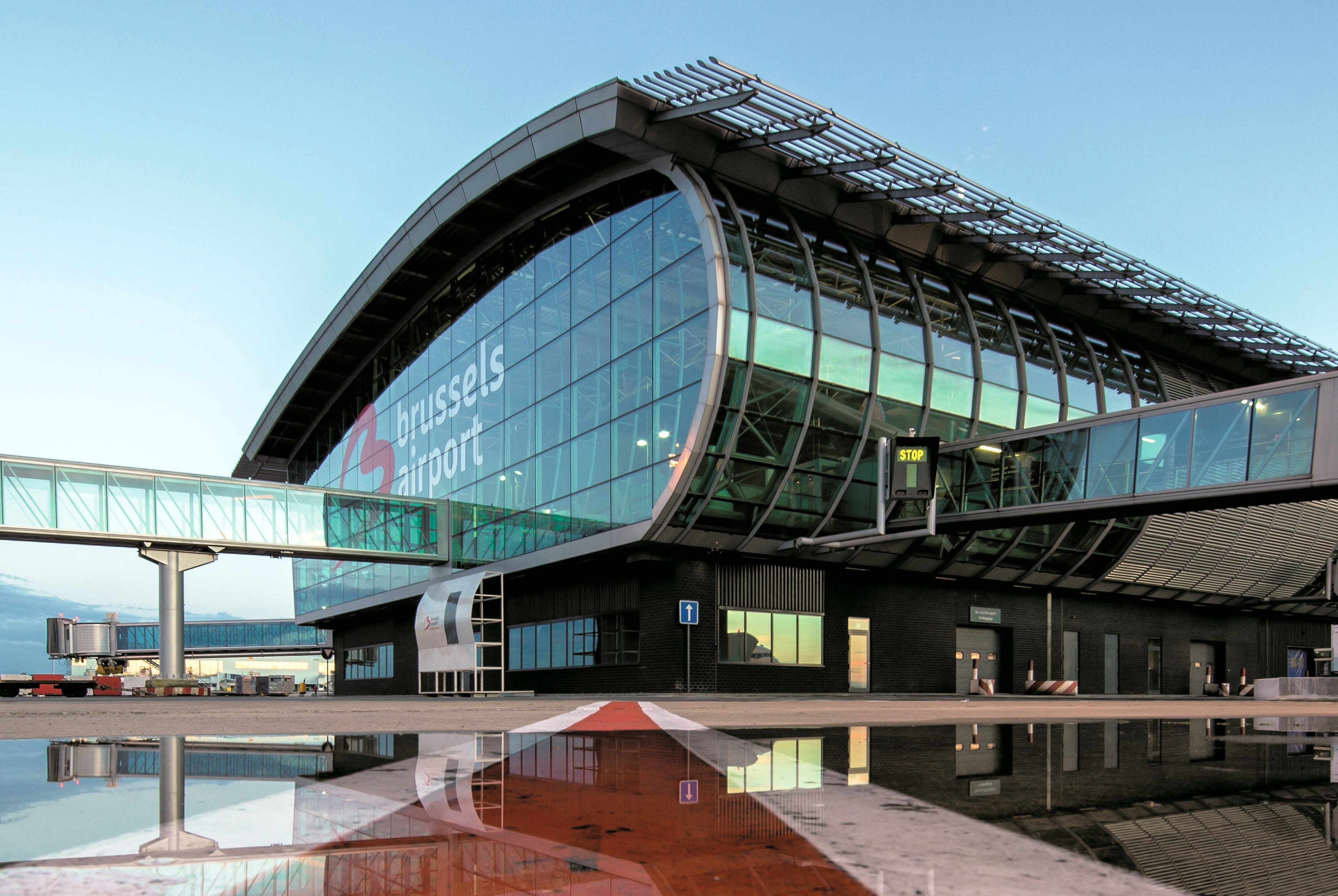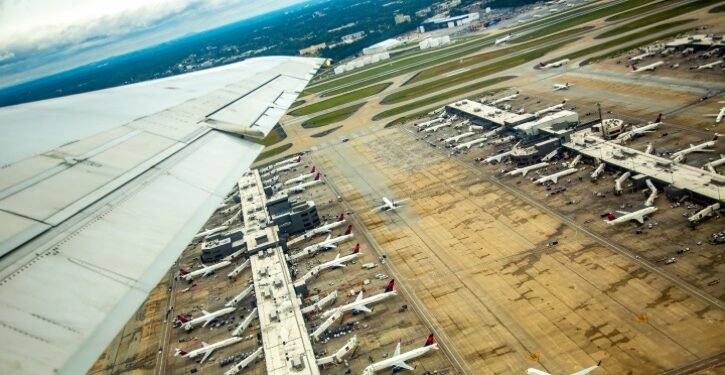In 2018, Brussels Airport welcomed 25.7 million passengers, an all-time record that is largely driven by the expansion of the intercontinental network. Air cargo closed the year with 732,000 tonnes carried, which is the highest freight volume in 10 years. Over the 60 years of its existence, Brussels Airport has welcomed no less than 610 million passengers, all categories combined.
Passengers
Last year, Brussels Airport welcomed 25,675,939 passengers, i.e. a 3.6% increase compared against 2017. This growth is chiefly seen in the number of originating passengers which went up by 4.3%. Standing at 18%, the share of transfer passengers has remained relatively stable compared against last year.
This handsome growth is largely explained by the 18% rise seen in the long-haul flight segment. Nearly two new travellers out of every three flew long distance in 2018. Brussels Airport’s intercontinental network expanded even further in 2018 with new routes launched by Cathay Pacific to Hong Kong en by Hainan Airlines to Shanghai and Shenzhen. Other new routes now also include flights to Dubai organised by Emirates, to Bangkok by Thai Airways, whereas Ethiopian Airways has stepped up its seat capacity to Addis Abeba.
The short-haul flights also proved a distinct success in 2018. The resumption of leisure flights to Turkey, Tunisia and Egypt also explains the rise in the number of passengers compared against previous years. As it is, the month of July recorded a resounding performance with 2.6 million passengers. One date in particular that stands out in this respect was Friday 20 July, when Brussels Airport welcomed no less 94,928 passengers in a single day.
In December 2018, the airport welcomed 1,809,834 passengers, representing a 5.4% growth, a rise that is slightly distorted by the harsh winter conditions that paralysed part of the network in the 2nd week of December 2017. This increase is witnessed both in the number of originating passengers and the number of transfer passengers, and on the short-haul as well as the long-haul flights.
Cargo
In 2018, Brussels Airport also carried 731,613 tonnes in cargo, representing a 5.8% increase up from 2017. Belly cargo enjoyed a very substantial +14.1% rise, thanks to the new destinations. Full cargo volumes and express service volumes recorded a loss of 5 and 1.7% respectively. The highest increase was seen in trucked cargo, which went up by +20.9%.
In the flown cargo segment, imports went up by 7%, whilst exports remained stable. For trucked air cargo, we saw a very substantial increase of 47% in imports, whereas exports fell by 6%. Also worth noting is the significant rise in the export volumes of pharmaceutical products: plus 32% over the year as a whole. In December 2018, cargo volumes carried rose by 2.1% compared against December 2017, reaching 62,137 tonnes. However, this growth remains well below that for the entire year (5.8%). To a degree, this weaker growth is explained by the nationwide strike of mid-December, when many cargo flights were cancelled by the airlines as a precaution.
Belly cargo (cargo carried on passenger planes) witnessed a slight turn-up of 2.8%, whereas full cargo and express services saw a downturn, in the same way as applies to 2018 as a whole. The slight fall of the express services was mainly due to the rise in e-commerce volume. In terms of weight, we are looking at lighter-weight products than the kind of weight encountered in products that are traditionally shipped by air.
Trucked cargo saw a very substantial increase (33.8%) in that it met rising demand and offset the reticence of the airlines to operate out of Brussels Airport on account of the stricter noise restrictions imposed by the Brussels Region.
As regards air cargo, imports continued to rise by 2%, whilst exports fell by 6%. Air cargo to South America on the other hand recorded positive figures compared against year in both segments.Even though trucked cargo of goods intended for exports shows a slight 2% rise, trucked cargo of imported goods recorded a spectacular growth of 76%.

Movements
In 2018, the number of flight movements showed a slight1% decrease on 2017. The average number of passengers per flight went up by 5.8%, rising from 120 in 2017 to 127 in 2018, thanks to larger aircraft. In December, the number of movements rose by 2.9% compared against the same period in 2017. This difference is explained by the cancellation of quite a few passenger flights in December of 2017 due to the harsh winter conditions.






